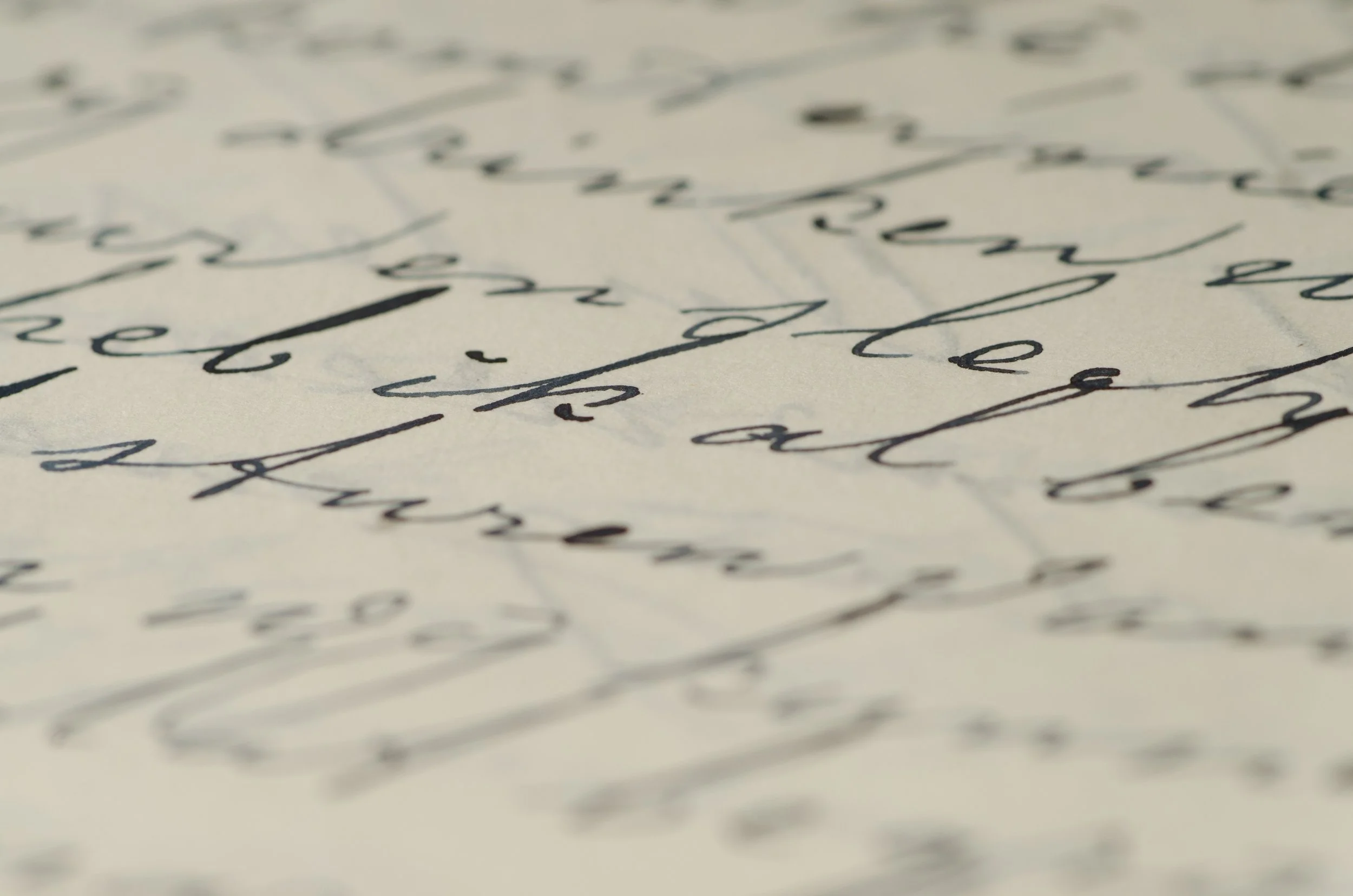Unexpected small things. The tiniest juxtapositions. They feed my soul. And inspire Hump Day Shorts.
Saturday I went to my local farmer’s market. Despite the 95-degree humid morning. Even if I don’t need cheese, corn, or fish, I go. I find cheese, corn, and zucchini. But no fish this Saturday. The people at the market are there by choice – vendors and shoppers. Present by choice makes for a light-hearted, friendly atmosphere. In the middle of this little buzzing commerce, I saw a girl sitting across from a woman. They were close together, and I thought it was probably a face painting stand. Moving in to see the artwork, I saw the woman was drawing a henna design on the little girl’s foot.
While I don’t have a bucket list on paper, having a henna design on my hand is something that often rumbles in the back of my head. I haven’t searched out a henna artist; rather she just appeared on this hot sticky morning. And even though this was intended to be a quick corn and zucchini stop, I sat down and ordered my design.
My henna artist grew up in India. She kind of chuckled when I asked how she learned to do this. It would seem while a little girl growing up in Iowa makes great mud pies from the rain and good, black Iowa dirt, a little girl in India creates henna paste from plants that grow in her backyard. Henna powder, lemon juice, sugar, and eucalyptus oil create the paste used to make these temporary tattoos. Henna design is a finer art than that of globbing mud bowls together.
In ten minutes, I walked away with a piece of art on the back of my hand. And little bits of knowledge about this person and her culture. I love Indian food; she still cooks Indian food every day. She makes her own cheese for sag paneer -- spinach with cheese, and she suggested a new Indian restaurant for me to try. As a follower of Jainism, she is a vegetarian, and the mainstay of her religious beliefs is the honoring of all life, plus absolute peace. Quite contrary to my growing up on a farm where our livelihood relied fair and square on the animals we raised to eat. Absolute peace. Did she fight with her brothers and sisters? I wondered but didn't ask. She was she and I am me.
Honestly, I never go to the market just for vegetables.
